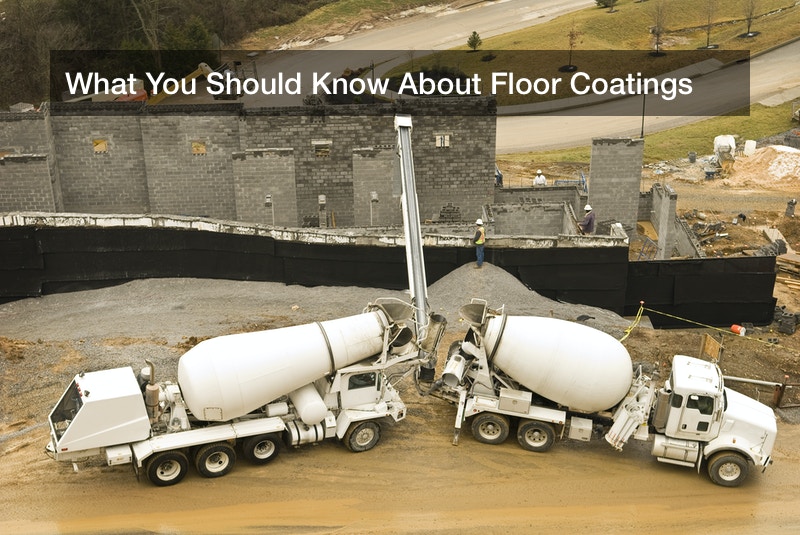
Workplace injuries are common throughout the United States, especially when it comes to slip and fall accidents. As a matter of fact, slip and fall accidents make up, by and large, the most popular and common type of accident seen in restaurants and public buildings, as well as in hotels. And more than 80% of all claims made for worker’s comp can be traced back to an incident of slipping and falling on a slick floor.
Unfortunately, many of these slip and fall accidents can be quite serious indeed. As a matter of fact, more than one fifth of them (around 22% of them, to be just a bit more specific) end up with the injured employee in question need to take, on average, at least a month of work off to recover, if not even more than that. Other slip and fall injuries also result in time away from work, even if it is not so much time. Unfortunately, the worker’s compensation claims and time away from work due to slip and fall accidents can cost employers big time. As a matter of fact, up to $70 billion is paid out annually in relation to such incidents and accidents, showing just how pervasive this issue really is.
But there are ways in which slip and fall accidents can be mitigated and even avoided entirely. Making workspaces as safe as possible is one such way in which to do this. For many places of work, using a floor coating is an absolute must. Floor coatings can be found in many places and can be effective at reducing the total number of injuries that result from slipping and falling.
When it comes to commercial floor coatings, epoxy coatings have long been the standard. But epoxy floor coatings are not ideal for a number of different reasons. For one thing, they take a long time to set, taking as many as six to eight hours to cure. For another thing, they give off volatile organic compounds into their environment, making them potentially even hazardous to the health of employees working in the space – something that the application of these epoxy coatings is trying to avoid in the first place. Epoxy coatings often don’t last for as long as one would like either, becoming brittle in as little as 12 months, meaning that an epoxy coating might end up needing to be replaced after the course of just one single year.
Fortunately, there is an alternative floor coating available, a floor coating that can be used in the place of commercial and residential floor coatings like epoxy floor coatings. The floor coating is known as a polyaspartic coating. This polyaspartic coating has actually been around for quite some time now, having been used for around 30 years at this point. The polyaspartic floor coating is one that has only become more and more popular with the passage of time – and there is certainly very good reason for this.
For one thing, the curing time of a polyaspartic floor coating is much shorter than that of the epoxy coating, which has a curing time of hours on end. Though this is something that will vary from situation to situation, it is not uncommon to fully complete the installation and curing process for a polyaspartic coating over the course of just one single day, a truly impressive thing to say the very least. This makes polyaspartic coatings effective and time efficient. They are well worth the money spent on them as well, as polyaspartic floor coatings will not become brittle nearly as quickly as their epoxy floor coating counterpart.
At the end of the day, the polyaspartic floor coating is the healthier choice for you as well. This is thanks to the fact that the content of volatile organic compounds (VOCs) in any polyaspartic coating will be very low indeed, something that makes it the healthier option for any given workplace. In many a case, the polyaspartic coating will have such low VOC levels that the level of VOCs in the polyaspartic coating will actually end up being virtually nonexistent.
In the end, there are many things to consider when it comes to floor coatings.

